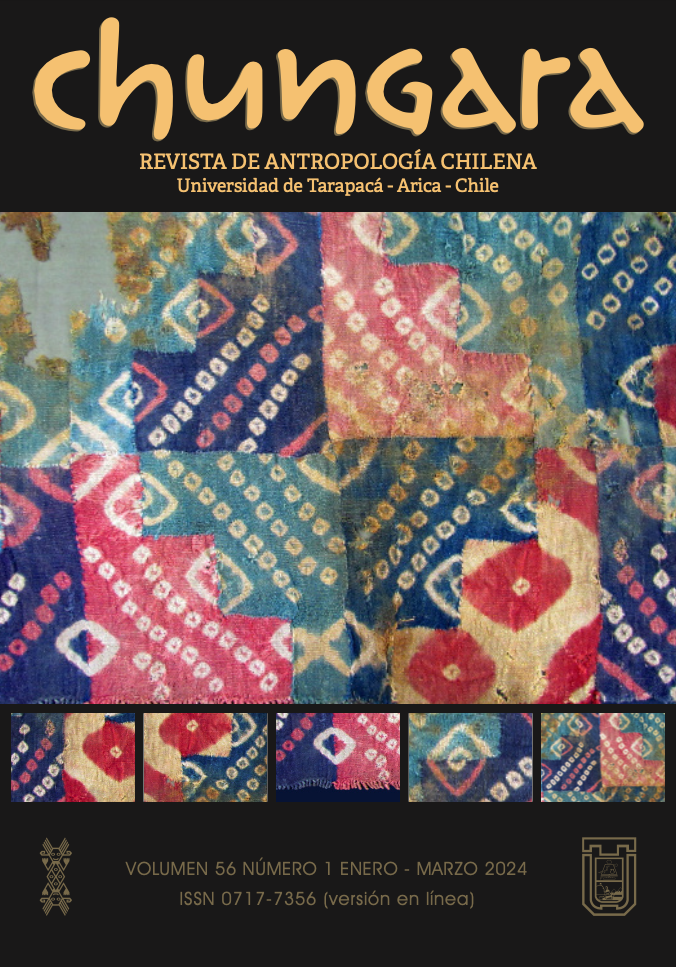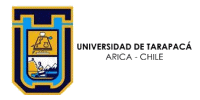Written by Super User. Posted in Papers - English
FROM HERE, THERE AND BEYOND... ROCKS AND SANDS IN MIRIGUACA (ANTOFAGASTA DE LA SIERRA, CATAMARCA) AT THE BEGINNING OF THE FIRST MILLENIUM AC
DE AQUÍ, DE ALLÁ Y MÁS ALLÁ... ROCAS Y ARENAS EN MIRIGUACA (ANTOFAGASTA DE LA SIERRA, CATAMARCA) A INICIOS DEL PRIMER MILENIO DC
Natalia Sentinelli, Leticia I. Gasparotti y Patricia S. Escola
Our research on the Miriguaca gorge (Antofagasta de la Sierra, Catamarca) aims to shed light on early agropastoral societies in this area of the Meridional Puna. We delve into the technological choices made in relation to the raw materials used to produce lithic instruments and ceramic pieces that we have found in Las Escondidas. The site may correspond to one or more semi-permanent occupations and, for this type of context, has one of the earliest recorded dates in the region within the first millennium AC. We consider the variability of inputs (rocks, clays, and sands) used in the production of these two artifactual assemblages, based on a qualitative-quantitative study, and we explore the potential availability of these resources at different scales. We register notable differences between the great variability of rocks used for the production of lithic instruments and the strong homogeneity observed in the ceramic raw materials, which allows us to suggest that the particular choices for each technology involved different dispositions of the technological habitus, places, and nearby and distant people. However, some recurrences indicate that, in certain cases, the circuits for obtaining raw materials experienced similar flows.
Print
Email
Written by Super User. Posted in Papers - English
“WHAT THEY CALL DISTANCE, THAT WILL HAVE TO BE EXPLAINED TO ME”. FREQUENCY, GEOCHEMICAL CHARACTERIZATION AND CIRCULATION OF OBSIDIAN ARTIFACTS FROM THE SARMIENTO BASIN (CHUBUT, ARGENTINA)
“A QUÉ LE LLAMAN DISTANCIA, ESO ME HABRÁN DE EXPLICAR”. FRECUENCIA, CARACTERIZACIÓN GEOQUÍMICA
Eduardo Moreno, Santiago Peralta González y Alberto Enrique Pérez
We present new data on the geochemical characterization, frequency and circulation of obsidian artifacts from the Sarmiento basin (Chubut, Argentine Patagonia). The study area is far and equidistant from known obsidian sources in southern and center-southern Patagonia. There is a low frequency of obsidian for all assemblages, coherent with expectations based on the frequency/distance to source ratio, and based on the structure of the lithic resources, which offers other good quality knapping raw materials close to the basin. The geochemical analysis indicated that the highest frequency occurs in the southern area, particularly of varieties from the Pampa del Asador (PDA), and a lesser frequency occurs in the central-south. Using the Geographic Information System (GIS), we estimated three types of distances between the basin and obsidian sources: Euclidian, optimal roads, and roads used in the 19th century according to ethnohistoric documents. In all cases, the closest source is Pampa del Asador in the southern sector. Nevertheless, the results indicate an overrepresentation of these obsidian artifacts in relation to distance. This suggests a more intense connection between the hunter-gatherers of the Sarmiento basin and the southern sector.
Print
Email







